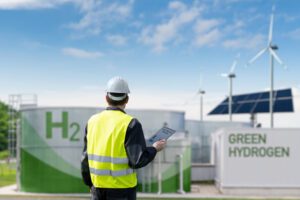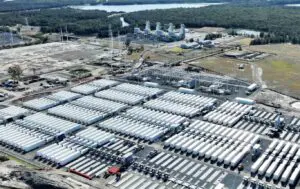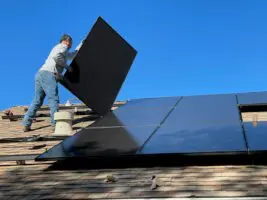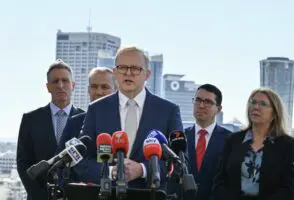New research has warned that nuclear and renewables should not be combined in any recipes for effective energy system decarbonisation, with the two generation types likely to crowd each other out and limit their effectiveness when mixed.
The study, published on Monday in Nature Energy, is based on analysis across 123 countries over 25 years by the University of Sussex Business School and the ISM International School of Management.
The upshot of the research is that nuclear and renewable programs do not co-exist well together in national energy systems for a range of reasons, not least of all because of the inherently different production profiles of the technologies.
The study noted that a grid structure optimised for larger-scale centralised power production such as conventional nuclear, for example, would make it more challenging, time-consuming and costly to introduce small-scale distributed renewable power.
And on the economical and logistical side, it found that finance markets, regulatory institutions and employment practices structured around large-scale, base-load, long-lead time construction nuclear projects would clash with much smaller, shorter-term distributed solar and wind initiatives.
Even in terms of emissions, nuclear power – often touted as a zero-carbon energy alternative to renewables – was found to fall short.
Researchers found that countries around the world with larger scale national nuclear attachments did not tend to show significantly lower carbon emissions, while in poorer countries nuclear programs actually tended to be linked with relatively higher emissions.
And if countries wanted to lower emissions as substantially, rapidly and cost-effectively as possible, they should prioritise support for renewables, rather than nuclear power.
“It is astonishing how clear and consistent the results are across different time frames and country sets,” said Patrick Schmid, from the ISM International School of Management München.
“In certain large country samples the relationship between renewable electricity and CO2 emissions is up to seven times stronger than the corresponding relationship for nuclear,” he said.
Benjmin K Sovacool, professor of energy policy in the Science Policy Research Unit (SPRU) at the University of Sussex Business School, said the evidence clearly pointed to nuclear being the least effective of the two broad carbon emissions abatement strategies.
“Coupled with its tendency not to co-exist well with its renewable alternative, this raises serious doubts about the wisdom of prioritising investment in nuclear over renewable energy,” Sovacool said.
“Countries planning large-scale investments in new nuclear power are risking suppression of greater climate benefits from alternative renewable energy investments.”
Andy Stirling, a professor of science and technology policy at the University of Sussex Business School, said the paper exposed the “irrationality” of arguing for nuclear investment based on a ‘do everything’ argument.
This argument, often filed under the spurious category of “technology neutral” energy policy, has certainly been put forward in Australia, where the federal government still refuses to take nuclear off the table, despite the national grid having survived thus far without it.
The Morrison government’s proposed technology roadmap, whose main distraction from renewables is gas, nonetheless canvasses small modular nuclear reactors as a possibility in Australia’s energy future, bearing in mind the technology’s “engineering, cost and environmental challenges,” and lack of social licence.
The findings of this latest study suggest that nuclear’s role as an effective low-emissions energy generation source is also in some doubt.
“Our findings show not only that nuclear investments around the world tend on balance to be less effective than renewable investments at carbon emissions mitigation, but that tensions between these two strategies can further erode the effectiveness of averting climate disruption,” Stirling said.









